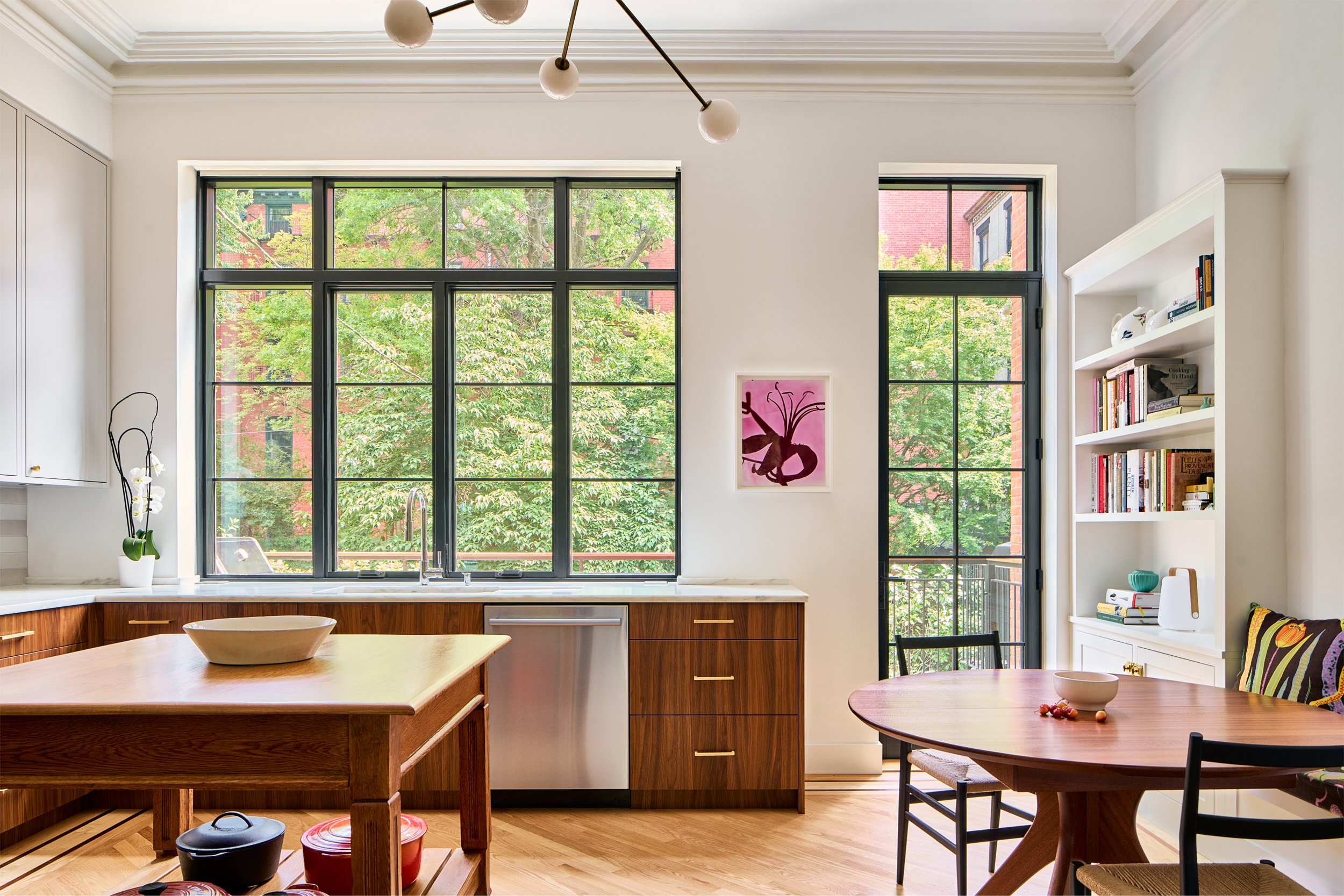Another FHA Special Launches, This Time on the Northside
Getting your new condo building approved by the FHA seems to be about the best way to ensure some traction in the God-forsaken market. (The Times trumpeted the growing popularity of FHA loans a couple of weeks ago.) The success of 15 Judge Street is a sign of just how much juice being able to…


Getting your new condo building approved by the FHA seems to be about the best way to ensure some traction in the God-forsaken market. (The Times trumpeted the growing popularity of FHA loans a couple of weeks ago.) The success of 15 Judge Street is a sign of just how much juice being able to offer 3.5 percent down deals can add to a marketing effort. If the FHA thing can work for a bland building in East Williamsburg, then we imagine it will be quite a hit for a glassy new building on the Northside of the Burg. That’s gotta be the hope at least at 229 North 8th Street, a seven-story, 54-unit project that hit the market a couple of weeks ago. The units range from 670 square-foot one-bedrooms starting at $425,000 to 1,150 square-foot two-bedroom, two-bathroom units, priced at $659,000. Bottom line: You could be owning one of these pads for only $15K down. GMAP





Good last point about the correlation, Etson.
“Isn’t your downside the cost of your option in this case too, assuming you can cover your costs?”
Yes, if you assume away almost all of the downside risk you are left with mostly upside! But it’s not really the same as buying an option because there is always the risk that you will not be able to cover your costs and have to sell before the mortgage is paid.
If you assume you can cover all of your costs and you hold the apartment until the mortgage is paid off then yes your downside is limited to the downpayment. Of course, the lower % downpayment makes it less likely that you will cover your costs.
In the real world the ability to cover your costs via the rental price would be correlated with the resale value of the apartment. So the risk is very large.
youre downside is the cost of the total purchase in theory. So if you buy a place for 425 and put 15 down you could lose up to 425 thousand(excluding closing fees. You still owe money on the mortgage and could be forced to sell if something goes wrong. You can never assume you can cover the costs unless you have enough to pay off the entire mortgage in liquid assets. That would make it like selling covered calls which is the only safe way to sell options. Lets say you buy it here and in 5 years it is only worth 225000. You have an intrest only mortgage and you have to move for work reasons. You still have to pay the mortgage of 410,000. So you lost the 15 down plus the diff between what you owe and what you can sell it for. Adds up to a 200,000 loss. You put down 15,000 so you lose 1300 percent on youre investment
Isn’t your downside the cost of your option in this case too, assuming you can cover your costs?
Actually not a 30 year future come to think of it – undated.
Brickoven is right.
In financial terms you are buying an 30-year future using leverage. The fact that the % downpayment is lower does not make it any more like an option than any other real estate purchase.
“Maybe one of the Wall Street whizzes out there can analyze this 3.5% down payment as the cost of an option…
”
When you buy an option youre downside is limited to the amount you are putting up. On this youre downside is far greater and leveraged. This would be more like selling an option. You can make a lot of money selling options but most people lose the house(pun intended).
Rents will go down in the area – but one bedrooms in new buildings on the northside are going for 2400 – 2700 a month, and if your monthly output to buy a place is only 2k (for the ones above, by my calculation) it gives you a little bit of wiggle room.
i haven’t taken a finance class in ages, so i will just ignore all the options talk 😉
If you think you will always be able to cover your costs by renting out your unit, then you’re getting an option with an infinite option period, right? Of course, that’s a pretty big assumption…